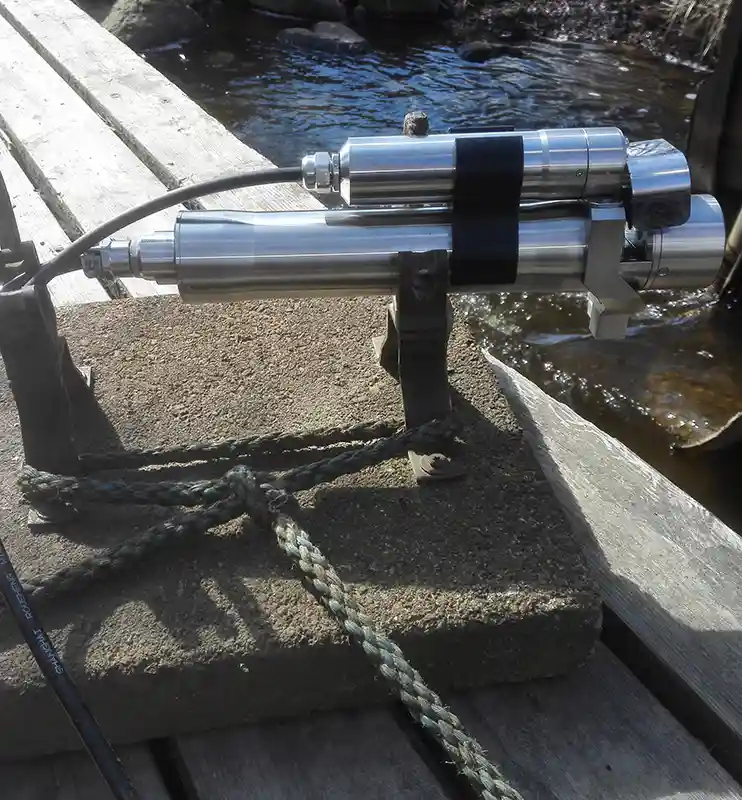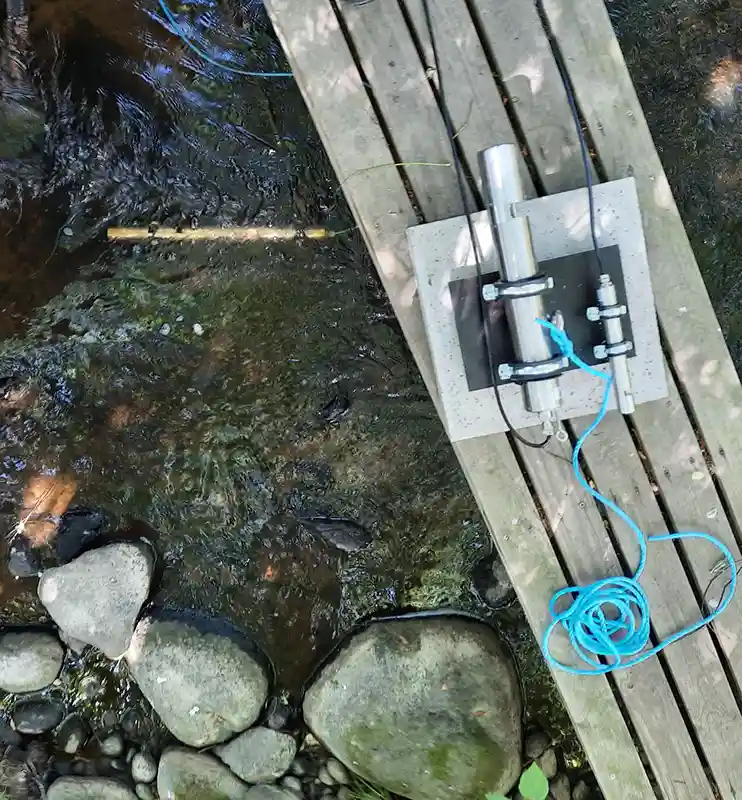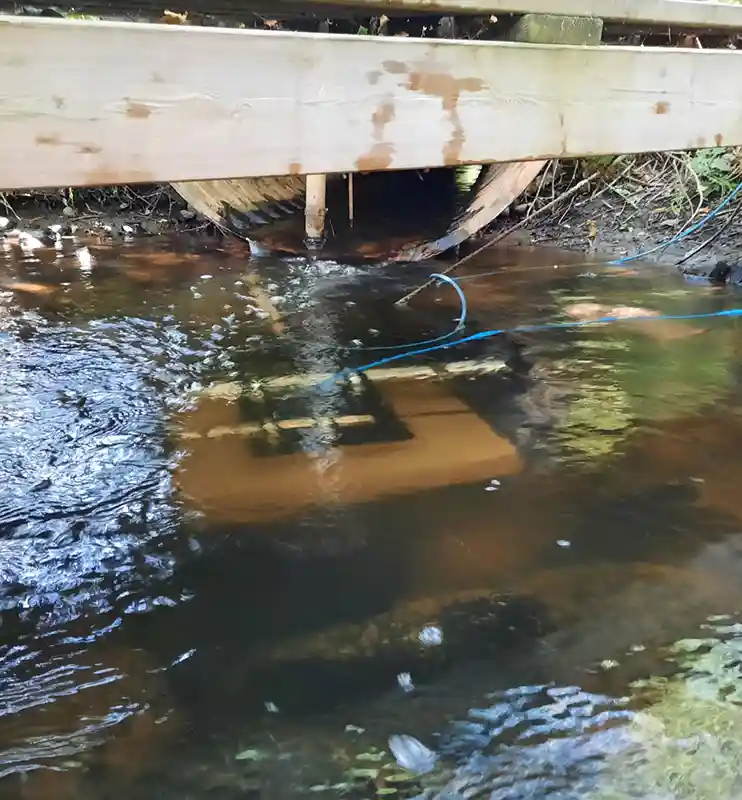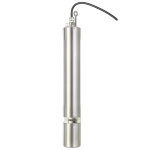River Basin Water Quality Monitoring
Application background
Location: Koiransuolenoja, Finland
Water quality monitoring sites in river basins are typically located in remote, wild environments, far from the coverage area of the power grid, and traditional monitoring equipment often faces severe power supply challenges. These sites typically require the installation of long-distance cables or rely on diesel generators, which not only incur high construction costs (the cost of power access for a single site can range from $50,000 to $100,000 USD) but are also highly inconvenient for later maintenance. At the same time, the harsh conditions in the wild environment (such as lightning strikes, humidity, extreme temperatures, etc.) lead to a high failure rate of equipment, and maintenance personnel need to travel back and forth frequently (an average of 2-3 times a month), with a single maintenance cost of more than 2,000 yuan. This traditional model, which relies on a wired power supply and manual maintenance, makes it difficult for approximately 30% of river basin monitoring sites to operate continuously and stably, thereby seriously affecting the continuity and reliability of water quality data and restricting the ability to accurately control the water environment in the river basin.
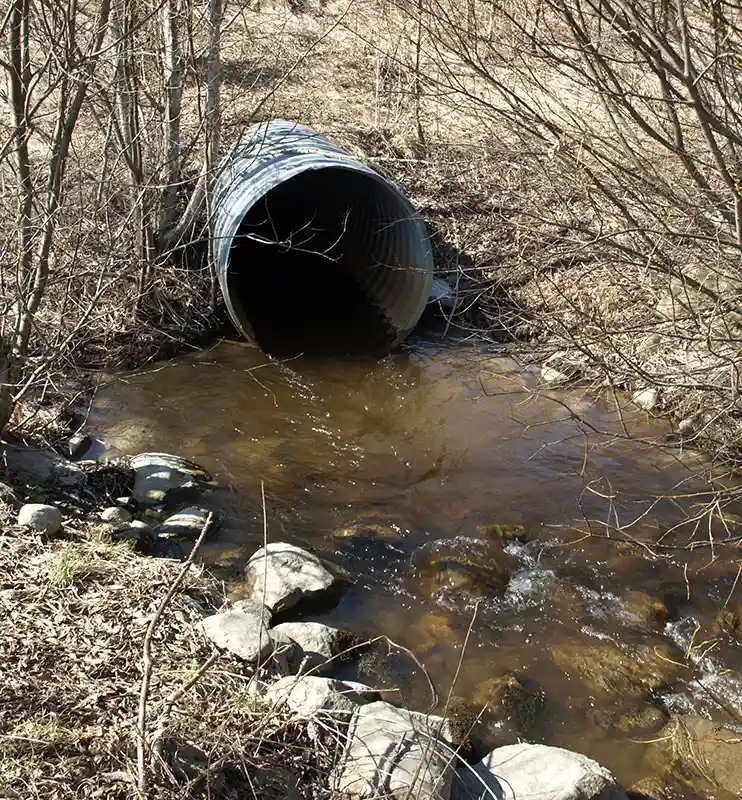
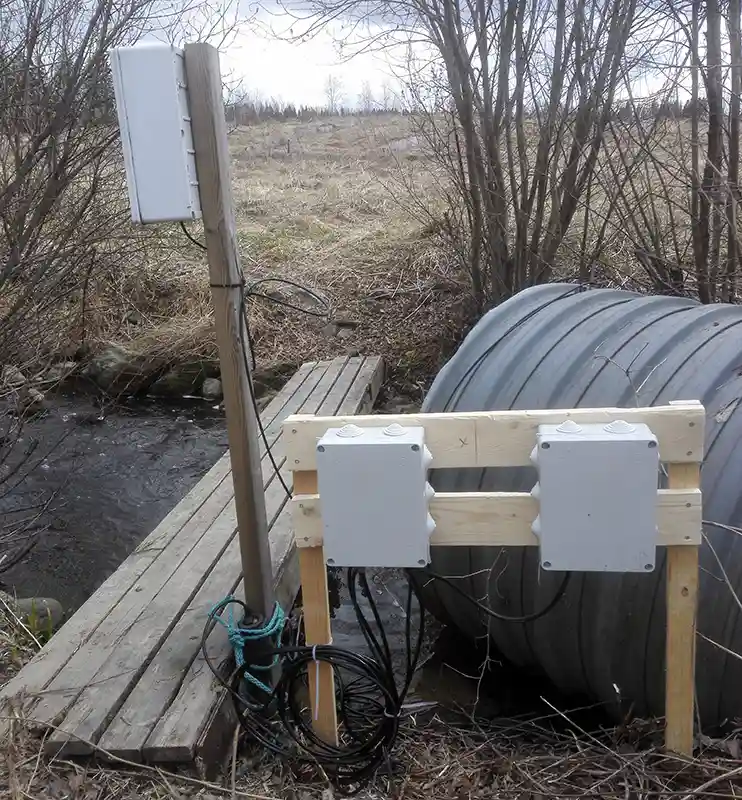
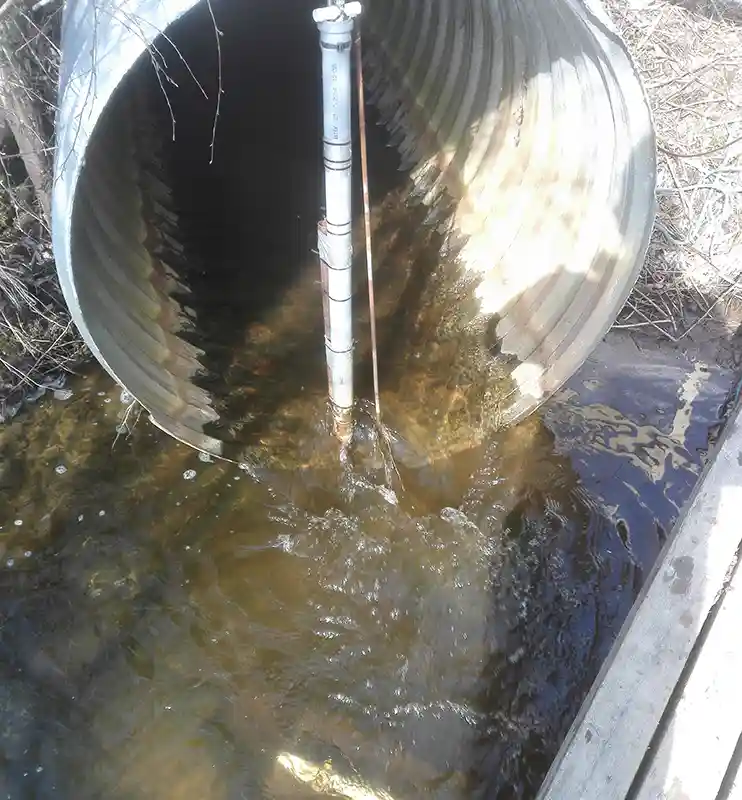
Solution
Optical water quality sensors can be easily deployed at remote watershed monitoring points due to their miniaturized design (volume typically less than 500 cm³) and ultra-low power consumption (working power consumption less than 2 W). They utilize advanced anti-fouling optical windows and automatic mechanical scrubbing devices to effectively mitigate algae attachment and sediment deposition in the field environment, extending the maintenance cycle to 3-6 months. With a high-capacity lithium battery pack (48V/100Ah) and a solar-assisted power supply system, continuous monitoring for up to 180 days can be achieved without interruption. This integrated design not only solves the problem of power supply difficulties in traditional monitoring stations (saving 80% of electricity costs), but its IP68 protection level can also withstand the influence of severe weather such as heavy rain and dust, ensuring stable collection of key parameters such as pH, turbidity, COD, etc. in the ambient temperature range of -20℃ to 60℃, truly realizing all-weather intelligent monitoring of water quality in the watershed.
Data of water COD monitoring
The full-spectrum water quality sensor utilizes advanced spectral analysis technology, allowing a single device to simultaneously measure multiple water quality parameters, including COD, BOD, TOC, turbidity, and chromaticity. Compared with traditional chemical monitoring equipment, it has three core advantages: first, it eliminates reagent consumption and avoids secondary pollution (reducing the amount of hazardous waste generated by about 50kg/unit per year); second, it adopts a low-power design and can be used with solar cells to achieve off-grid operation; third, the integrated structure shortens the installation time by 80%. At the same time, multi-parameter integration reduces the cost of single-point monitoring by 60%, which is particularly suitable for distributed deployment in industrial parks, river sections, and other scenarios, providing cost-effective real-time data support for water environment supervision.

